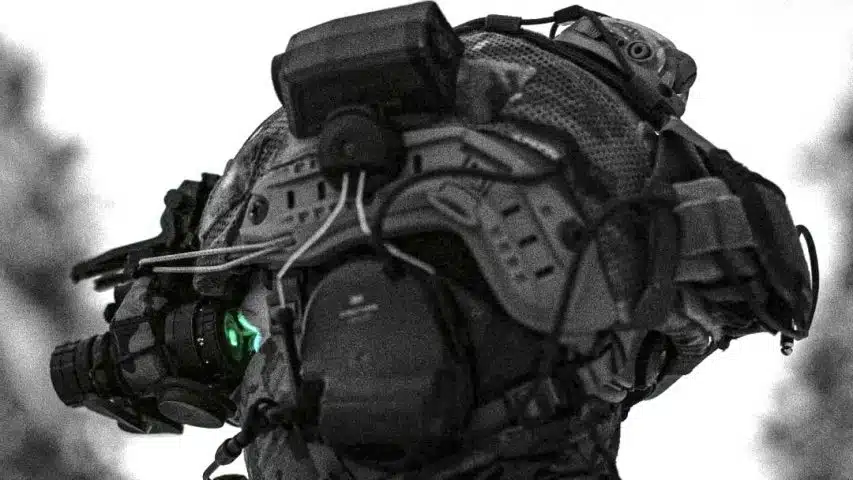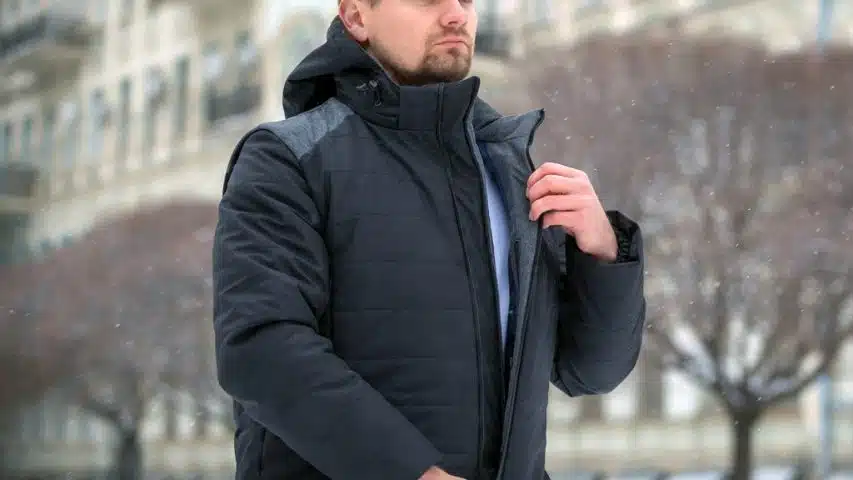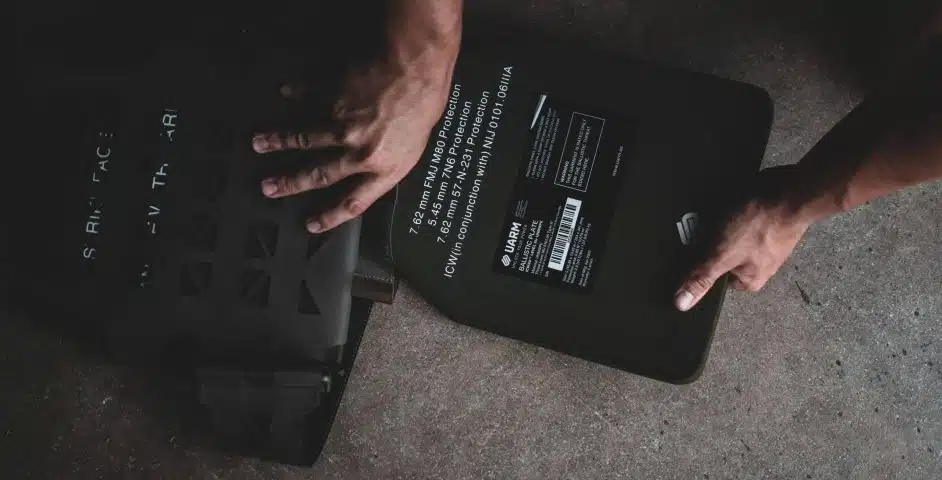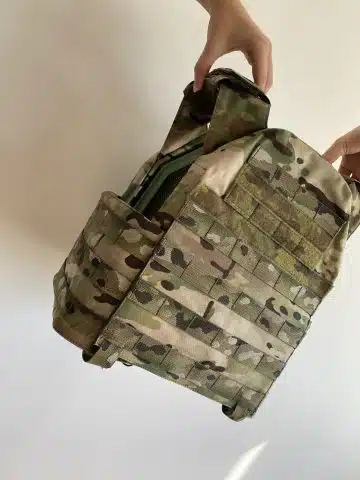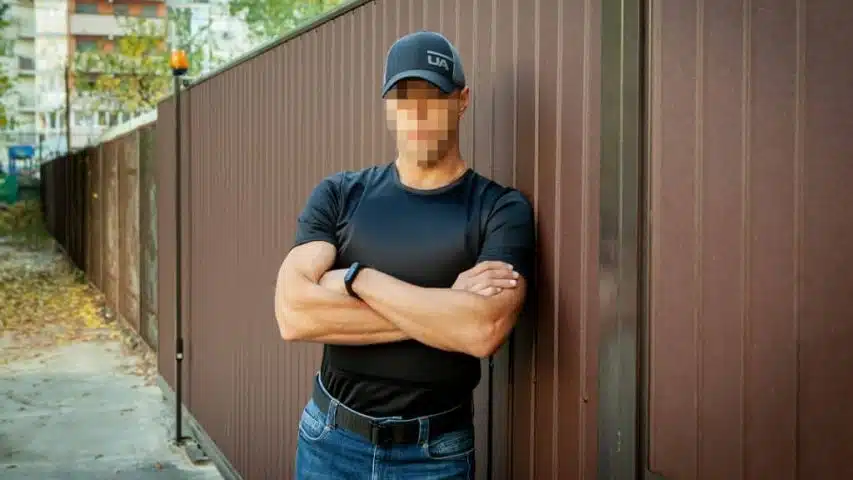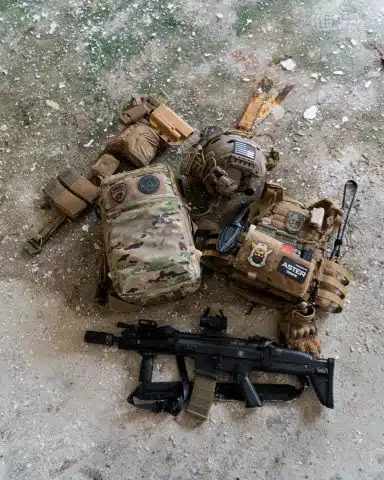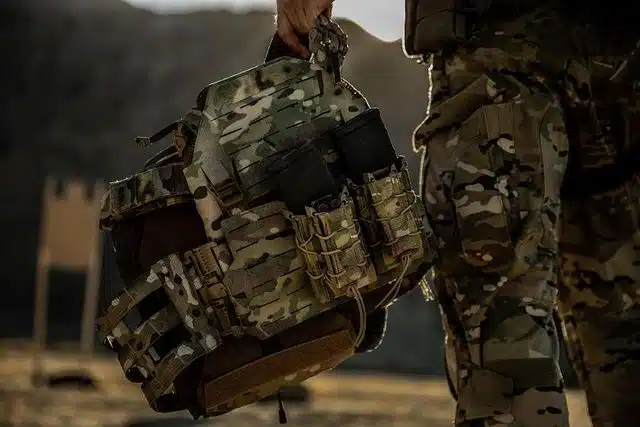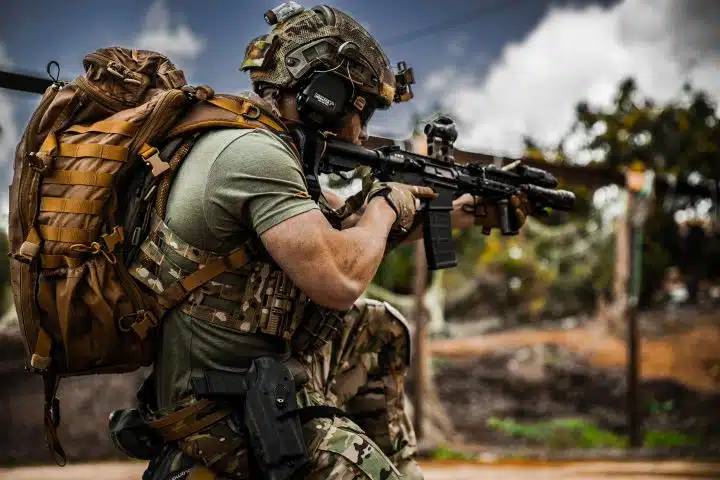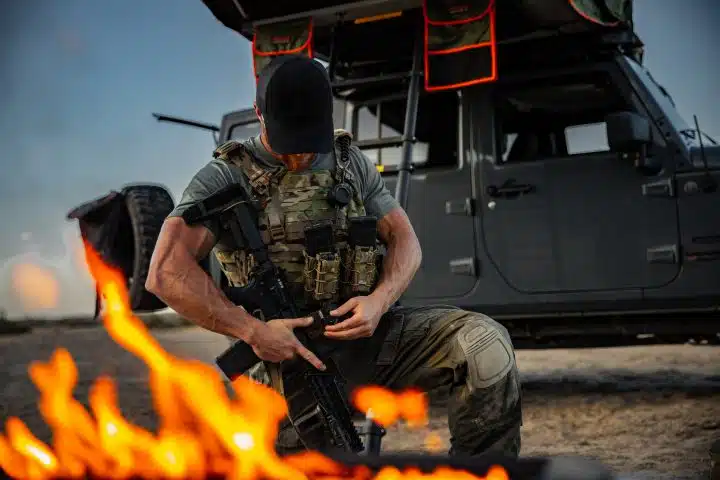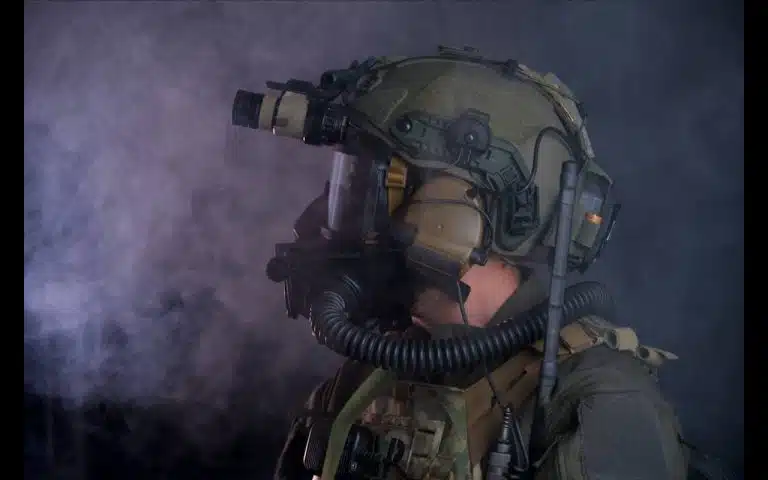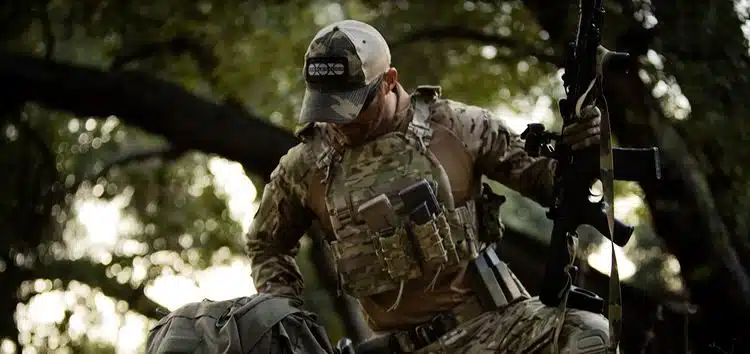Through popular media, there is the idea that ‘The Special Forces’, or the popularly called ‘Green Berets’ for the SOF in the Army, have some sort of advanced equipment that makes them better than everyone else. Regretfully, that is not the case, and it is not a question of what body armor do Special Forces use, or which guns, but how they use them.
The reason why all branches of Special Forces are so superior is due to harsh training and extensive knowledge about equipment usage and tactics.
Thus, every type of equipment used by SOF needs to have 3 things:
- Durability
- Lightness
- Utility
And, in this case, the durability doesn’t mean the ballistic toughness the hard plates might have, but how they will fair in bad conditions and extensive use before and after combat.
Even though 90% of all SOF equipment is even accessible to civilians, the results are quite different. Trained operators will be able to know how to use it better, faster, and harder.
Body Armor Requirements for Special Forces
The first element every Staff Sargent will look for when selecting body armor of a special mission is durability. Depending on the elements and the length of a mission, different types of armor will serve the best.

Next, lightness and utility will be accessed. While SOF operators can carry a lot on them, reducing the weight of the armor leaves space for other types of equipment. This added utility might be the needle needed to break the camel’s back.
For short missions, especially in the open field or when the strength of the enemy is well known, having NIJ Level III+ hard plates with limited auxiliary armor is the best. It lets the soldiers hit fast and strong without allowing much return fire at all.
But, when the mission is slow and in unknown terrain, having auxiliary armor for thighs, stomach, and arteries might be necessary. IEDs are the biggest source of injury and this is the only way to protect against them.
Always Go Modular
Both because of cost and readiness, having modular equipment will always be preferable. This way you can attach any type of armor or equipment you might need and remove that which you do not.

With modular equipment, such as when using MOLLE webbing with PALS straps, you can decide on the spot what to carry on the mission and what to leave. On average, this makes the soldiers both lighter and better protected, with the only downside being a slight decision strain on the commanding officer for the mission.
Regardless, with the equipment ever-improving, it is probable that different branches of SOF will have new equipment deployed every time. But it will stay modular in the perceivable future with just the parts changing names.

